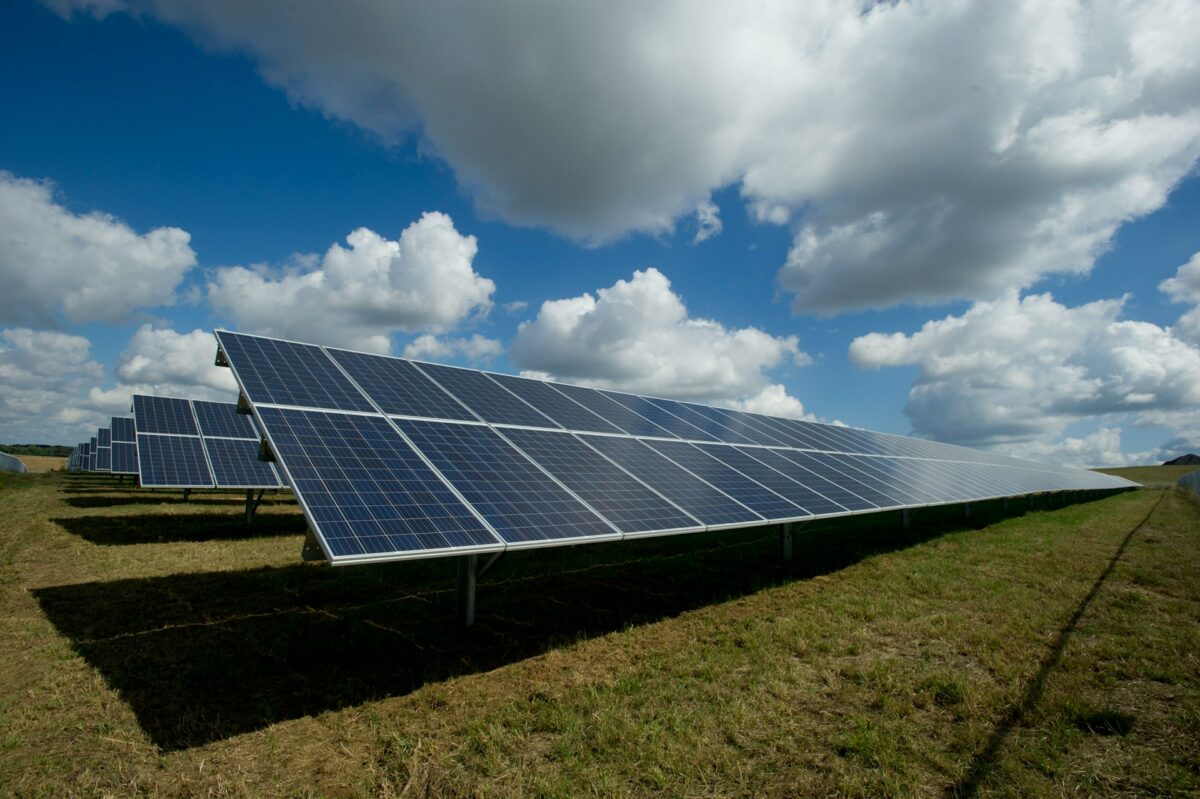Crystal-Based Ultra Thin Solar Panels Produce 1000 Times More Power
German researchers revealed a solar technology innovation that might transform solar energy harvesting. A unique crystal-layering method has allowed Martin Luther University Halle-Wittenberg scientists to create ultra-thin solar panels with 1,000 times the efficiency of silicon-based cells.
Benefits for Future Energy Use
The advantages of this technology extend beyond efficiency. These ultra-thin solar panels should be cheaper, more robust, and less costly than standard ones. Compactness makes them suitable for urban infrastructure, portable gadgets, and space-constrained applications.
If scaled, the panels might help accelerate the worldwide move to sustainable energy by reducing material waste and manufacturing costs while improving performance.New crystal sandwich structure
Strategic stacking of ferroelectric barium, strontium, and calcium titanates is the invention. A multilayer stack of these crystals about 200 nanometers thick may convert sunlight into energy with astonishing efficiency.
Charge Splitting Without Silicon
The panels use ferroelectric and paraelectric materials’ intrinsic photovoltaic characteristics without doping or connection manufacturing. Despite utilizing less material, researchers increased current output by 1,000 times over normal barium titanate panels by switching these components.
